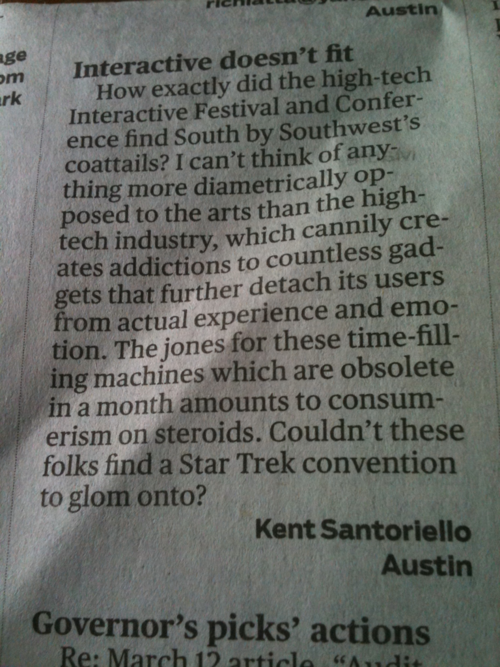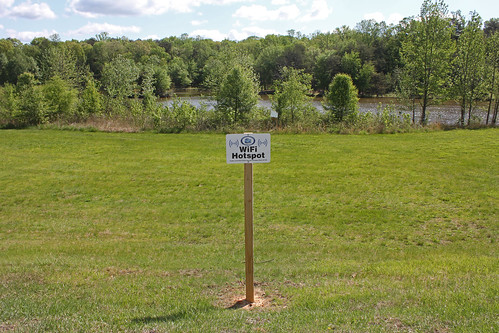I mean “sexify” in the sense of “make marketable” or “desirable”–“sexy,” to use the parlance of our times. I am specifically referring to the internet. Al Gore did not invent the internet, and he never claimed he did. It was actually a decades-spanning effort of government agencies and private companies with government contracts, gradually building computers and networks that could eventually integrate to create a truly decentralized, global system.
!["Internet map 1024" by The Opte Project [CC-BY-2.5 (http://creativecommons.org/licenses/by/2.5)], via Wikimedia Commons 768px-Internet_map_1024](http://crypticphilosopher.com/wp-content/uploads/2012/07/768px-Internet_map_1024.jpg)
Partial map of the Internet based on the January 15, 2005 data found on opte.org. Each line is drawn between two nodes, representing two IP addresses. The length of the lines are indicative of the delay between those two nodes. This graph represents less than 30% of the Class C networks reachable by the data collection program in early 2005. Lines are color-coded according to their corresponding RFC 1918 allocation as follows:
Dark blue: net, ca, us
Green: com, org
Red: mil, gov, edu
Yellow: jp, cn, tw, au, de
Magenta: uk, it, pl, fr
Gold: br, kr, nl
White: unknown
In 1960, an engineer named Paul Baran came up with the idea of a packet-switching network. Baran was working for the RAND Corporation, a government-funded think tank, and he’d been looking for ways to create networks that would survive a disaster. Baran saw that the country’s most basic communications infrastructure—especially the telephone network maintained by AT&T—had several central points of failure. If you took out these central machines, the entire network would fail. His insight was to create a decentralized network, one in which every point was connected to every other point in multiple ways—your message from New York to San Francisco would get split into packets and might pass through Chicago, New Orleans, Atlanta, Tampa, or St. Louis. If one of those nodes were taken out, most of your message would get through, and the network would still survive. Continue reading



![Tasmania.A2005320.2355.250m by Jeff Schmaltz, MODIS Rapid Response Team, NASA/GSFC[see page for license], via Wikimedia Commons Tasmania.A2005320.2355.250m](http://upload.wikimedia.org/wikipedia/commons/thumb/7/72/Tasmania.A2005320.2355.250m.jpg/256px-Tasmania.A2005320.2355.250m.jpg)
